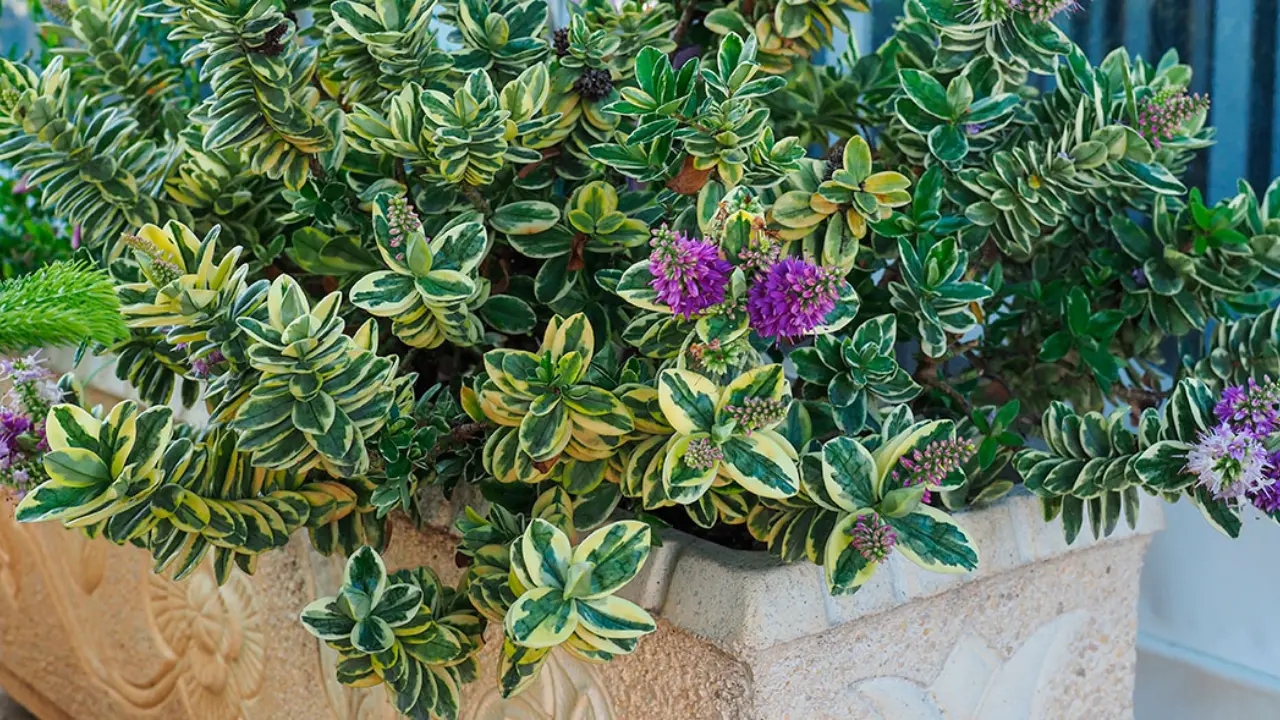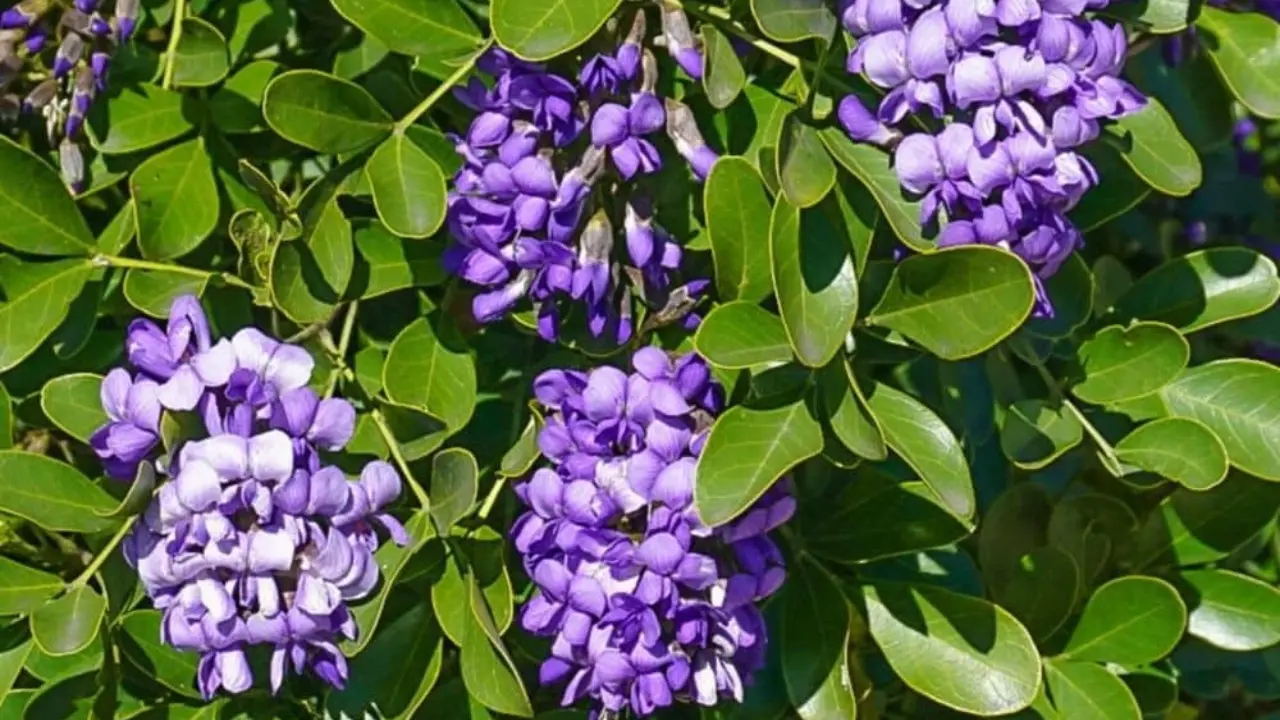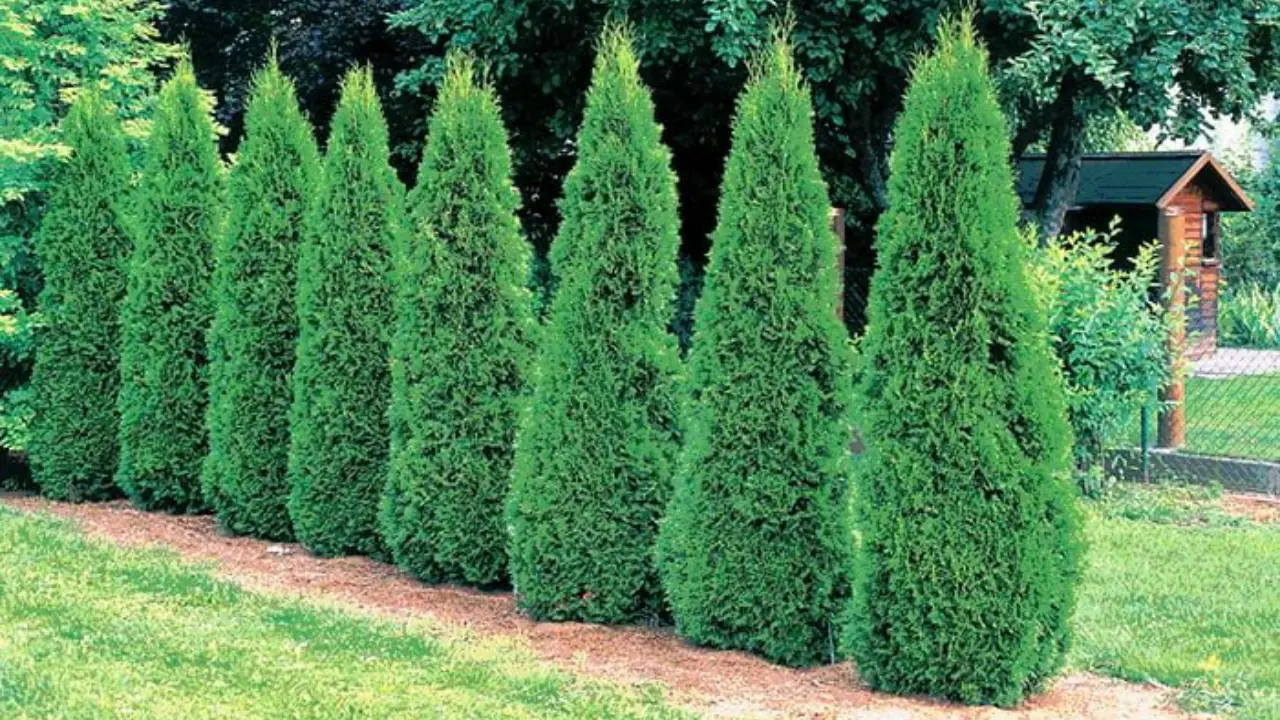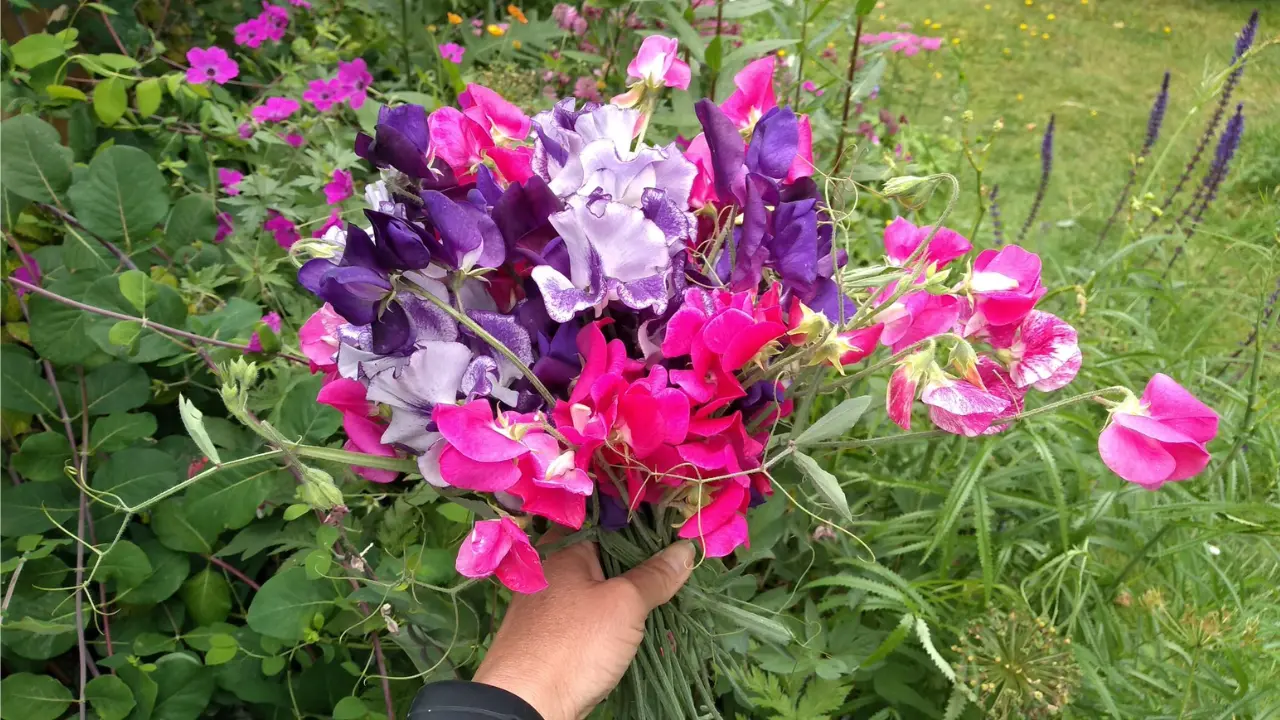A sizable genus of evergreen shrubs with showy spikes of flowers in white, purple, pink, or blue, Hebe is primarily indigenous to New Zealand. Hebe’s evergreen foliage comes in a variety of colours and shapes, and it can add year-round interest to your garden. Hebe is also enticing to bees and butterflies. As long as you give it a sunny location, well-drained soil, and some protection from brisk winds, hebe is simple to grow and maintain. Here are some pointers for growing hebe in your garden. In this article, we will guide you completely through the process of How to Plant and Grow Hebe successfully.
Hebe is a multipurpose and lovely flowering shrub that can enhance the beauty and grace of any garden or landscape. Hebe is a favorite plant among gardeners because of its striking colors and simple maintenance requirements. You can find step-by-step instructions on how to plant and grow Hebe in this article. We will go over all the information you need to know to make sure your Hebe grows and thrives, from choosing the best location to taking care of the plant.
Locations to Plant Hebe
As long as they get at least six hours of sunlight each day, hebe can be planted anywhere, including shrub borders and containers. They may become leggy and flowerless if they receive too much shade. Hebes are appropriate for coastal gardens because they can withstand drought and salt spray. Hebe is not a hardy plant, so it might sustain winter damage if exposed to freezing temperatures or frost. Especially for those with large leaves, some varieties are softer than others. Choose a protected location for your hebe, such as in front of a south or west-facing wall, or use other plants or buildings as windbreaks to shield it from chilly winds.
Steps for Growing Hebe
Hebe can be planted any time of the year, but planting in the spring or summer will give the roots more time to develop before the winter. To improve drainage and fertility, amend the soil before planting with some garden compost or well-rotted manure. Place the plant in the hole at the same level it was growing in the pot by digging a hole twice as wide and deep as the hebe’s container. With the original soil added back into the hole, gently compact it around the plant. Water the plant well, then cover the base with mulch to retain moisture and prevent weed growth. If planting hebe in groups, space them about 3 feet apart.
Hebe Care Instructions
Hebe requires very little maintenance and fertilizer. To add some nutrients and organic matter, you can apply a layer of well-aged compost around the base in the spring. When it is dry, water your hebe frequently, especially if it is in a pot. Be careful not to overwater or water the soil, though. To keep your hebe looking tidy and to promote more blooms, deadhead spent flowers. To shape your hebe and get rid of any diseased or damaged branches, lightly prune it in late summer or early autumn.
How to Spread Hebe
Hebe can be multiplied by taking stem cuttings from the summer’s new growth. Remove the lower leaves by cutting the stem into 10 cm pieces with a sharp knife or secateurs. Insert the cut end into a pot of moist propagating sand or potting mix after dipping it in some rooting hormone powder or gel. Place the pot in a warm, well-lit area that is not in the direct path of the sun.
Most Successful Hebe Varieties
There are hundreds of hebe varieties to choose from, with different flower colors, foliage types, and sizes. Here are some of the best hebe varieties to grow in your garden:
- Hebe ‘Autumn Glory’: A compact variety with dark green leaves and purple-blue flowers from late summer to autumn.
- Hebe ‘Caledonia’: A medium-sized variety with bronze-green leaves that turn reddish-purple in winter and pink-purple flowers from summer to autumn.
- Hebe ‘Heartbreaker’: A small variety with green leaves edged with cream that turns pink in winter and white flowers in summer.
- Hebe ‘Midsummer Beauty’: A large variety with glossy green leaves and long spikes of lilac-blue flowers from midsummer to autumn.
- Hebe ‘Red Edge’: A small variety with gray-green leaves edged with red and white flowers tinged with pink in summer.
- Hebe ‘Silver Dollar’: A small variety with silver-green leaves and white flowers in summer.
- Hebe ‘Wiri Mist’: A small variety with dark green leaves and white flowers in spring and summer.
Using Hebe in Your Garden
It is a plant that is adaptable and can be used in your garden in a variety of ways. The following are some suggestions for using hebe in your garden:
- Hebe’s evergreen foliage and vibrant flowers can offer year-round interest and contrast to other plants, so use it as the focal point of a mixed border.
- Hebe can add a tidy appearance and draw bees and butterflies when used as a low-growing hedge or edging along paths, driveways, or fences.
- Hebe can help control weed growth, add texture and color, and fill in spaces between larger shrubs or trees. Use hebe as a ground cover or filler in these areas.
- Hebe can brighten patios, balconies, or entrances when planted in pots or hanging baskets because of its flowers and foliage. Pick a potting mix that drains well, and water it frequently.
- Hebe grows well in sunny, poor soil, so plant it in rock gardens or alpine beds. Select a dwarf or compact variety that will not take up too much room.
Conclusion
Hebe is a wonderful plant that can enhance your garden’s beauty and diversity. As long as you give it a sunny location, well-drained soil, and some protection from chilly winds, it is simple to grow and care for. Hebe comes in a wide variety with various flower colors, foliage types, and size variations. Hebe can be used in your garden in a number of different ways, including as a focal point, a hedge, a ground cover, a container plant, or a plant for a rock garden.
FAQs About How to Plant and Grow Hebe
Q1: What is Hebe?
A sizable genus of evergreen shrubs with showy spikes of flowers in white, purple, pink, or blue, Hebe is primarily indigenous to New Zealand.
Q2: How can I grow and plant hebe?
Hebe can be planted any time of the year, but planting in the spring or summer will give the roots more time to develop before the winter. Pick a location that is sunny, has well-drained soil, and has some protection from brisk winds.
Q3: How should I handle Hebe?
Hebe requires very little maintenance and fertilizer. To add some nutrients and organic matter, you can apply a layer of well-aged compost around the base in the spring..
Q4: How can I grow hebe?
Hebe can multiply by taking stem cuttings from the summer’s new growth. Remove the lower leaves by cutting the stem into 10 cm pieces with a sharp knife or secateurs. Insert the cut end into a pot of moist propagating sand or potting mix after dipping it in some rooting hormone powder or gel.
Q5: What are some garden uses for hebe?
Hebe is a plant that is adaptable and can be used in your garden in a variety of ways. You can use hebe in your garden in a variety of ways. For example, you can make hebe the center of attention in a mixed border because it’s evergreen foliage and vibrant flowers contrast with other plants and offer year-round interest. A



